10 of The Best Online Interior Design Services Platform
In today's fast-paced life, online interior design services are becoming the first choice for more and more families. Compared with the traditional face-to-face design process, online interior design services provide users with professional and efficient home style suggestions in a more flexible and convenient way. Whether you are renovating for the first time or planning to renovate an existing space, this model allows you to get comprehensive design support without leaving home - saving time and being more cost-effective.
These interior design services usually combine visual 3D tools, online communication platforms and virtual display systems, allowing users to easily preview furniture layout, color matching and style presentation, truly achieving "visible future home". At the same time, with the help of online platforms, you can also contact interior designers from different regions who are good at diverse styles, whether it is modern simplicity or Mediterranean style, they can be customized.
EClife knows that the key to design implementation is not only creativity, but also practicality. Based on many years of practical experience in decoration projects, we have screened and evaluated the most influential interior design services platforms on the market, and compared them comprehensively from the degree of personalization, designer resources to the intuitiveness of the user interface, just to help you find the best online interior design services that suits you best.
How to Choose Online Interior Design Services?
1. Clarify your needs and budget
Before choosing a service, first determine the space you want to design (such as living room design, bedroom design , office design, etc.), style preference (modern, Nordic, Chinese, etc.), and your budget range. Some online interior design services platforms offer one-time payment packages, and there are also ways to bill by room or by hour. Planning in advance can avoid communication errors.
2. Choose a professional platform or an experienced designer
Give priority to reputable online interior design platforms such as Modsy, Havenly, Spacejoy, EClife (at home and abroad), etc., or find a freelance designer with a portfolio. Check their previous cases, customer reviews, design style diversity, and whether they have comprehensive capabilities such as space planning, color matching, and material selection.
3. See if 3D renderings and practical lists are provided
High-quality online interior design services should be able to provide 3D visual renderings, furniture placement diagrams, materials and home shopping lists, etc. These contents can help you see the decoration effect in advance and facilitate you to construct or purchase products according to the drawings.
4. Evaluate communication methods and response efficiency
The core of online services is "communication efficiency." The ideal platform should provide stable communication channels (such as App, WeChat, email, video calls, etc.), and promise to respond to modification suggestions and provide design drafts within a fixed time. Designers who communicate promptly and provide professional feedback are more trustworthy.
5. Compare service packages and after-sales guarantees
Different platforms provide different design packages. Some include design drawings, 3D models, soft furnishing suggestions, and some also provide construction docking or material purchasing. Pay attention to comparing the service content to confirm whether key terms such as the number of modifications, post-support, and refund policy are included.
6. Style matching is very important
Even if the designer is very professional, make sure they are good at the style you like. You can browse their portfolio to see if it matches your aesthetic. For example, if you like "simple Nordic" and the other party specializes in "retro industrial", it may not be suitable.
What Is The Service Process of Online Interior Design Services?
1. Submit design requirements
Users first fill out a design questionnaire or communication form online, including space type (such as bedroom, living room, study, etc.), area size, apartment structure, favorite decoration style (modern, Nordic, Chinese, etc.), budget range, functional requirements (whether storage, office, children's space, etc. are needed). Some platforms will also require uploading floor plans, on-site photos or videos to facilitate designers to understand the actual space situation.
2. Connect and communicate with designers
The platform will match suitable designers according to needs. Users communicate through chat, phone or video to clarify the purpose of space, preferences, living habits, share reference pictures or Pinterest inspiration boards
, determine time nodes and design stage goals. This step ensures that designers fully understand customer expectations and establish a good cooperation foundation.
3. Output of the first draft of the design plan
The designer will submit a preliminary plan within the agreed time, including but not limited to floor plan (furniture, traffic line planning), color matching suggestions, material selection and style direction reference map, preliminary 3D visual effect map (some platforms), customers can make modification suggestions, and the platform usually provides 1~3 free modification opportunities.
4. Complete solution delivery
After the modification is confirmed, the designer will submit the complete design file, including high-precision 3D renderings or panoramic roaming maps (some platforms), furniture and soft furnishings list (size, brand, price link), material recommendation table (floor, wall, lamps, etc.), space construction drawings or circuit recommendation drawings (if included in the service). In this step, users can fully see the expected effect and can directly purchase and decorate according to the drawings.
5. Post-support
Some platforms also provide one-click furniture purchasing services, recommend construction teams or decoration platforms, post-matching adjustment suggestions, and real-scene comparison services after the project is completed.
What Types of Services Do Online Interior Design Services Provide?
1. General design scheme
Many platforms provide standardized space design templates, such as popular styles for common functional areas such as living rooms, bedrooms, study rooms, and bathrooms. Users can quickly obtain these templates and adjust them as needed, which is suitable for users with limited budgets but who want to improve their home layout.
2. Consultation or customized design scheme
Provide one-on-one communication services with professional designers, and customize full-service interior design that meets personal needs based on user floor plans, living habits, style preferences, functional requirements, etc. The communication methods are mostly online pictures and texts, video conferences or voice calls.
3. Costs of different design schemes and family budget suggestions
The design scheme of full-service interior design will include a clear list of decoration and soft decoration budgets, including recommended purchase items and prices for main materials, furniture, electrical appliances, etc., to help users control costs and make reasonable choices. Some platforms will also provide comparison schemes for different budget levels (such as basic version and high-end version).
4. Online design purchase service process
Select a design service package → Submit floor plan and requirements → Pay the fee → Communicate with the designer → Receive the first draft → Propose changes → Final confirmation → Obtain renderings and construction drawings. After the service is completed, it may also include material recommendations, furniture purchase suggestions and even construction guidance.
After learning about the above comprehensive interior design services, here are 10 recommended best online interior design services platforms.
10 Best Online Interior Design Services Platform
1. EClife (recommended)
EClife is a home interior design services platform that focuses on the integration of oriental aesthetics and modern styles, providing full-process services from style positioning, budget planning to material recommendations.
Service fee. Free consultation is provided, and the basic design plan starts at US$124, including complete renderings, lists and remote guidance, suitable for overseas Chinese and local users.

2. Havenly
Havenly is an entry-level design platform for users with limited budgets, with style evaluation tools and convenient online collaborative design experience.
Service fee. Starting at $99/space, fully customized design starts at $179.

3. Decorilla
Decorilla provides bidding services for multiple designers, and end users can choose their favorite plans to implement, emphasizing high-end design and personalized matching.
Service fee. Starting at $549/room, high-end packages exceed $1,000.

4. Spacejoy
Spacejoy focuses on immersive 3D interaction, providing real space vision, suitable for users who need to simulate renderings.
Service fee. The basic package is $149, and the deluxe package can reach more than $499.

5.RoomLift
Uses a combination of "design box" and online tools to provide mailed materials + digital guidance, emphasizing user participation and inspiration.
Service fee. The single-room design box is about $100-250.

6.Planner 5D
This is a self-service online design and drawing tool suitable for users to DIY interior design, supporting 2D/3D view switching.
Service fee. The basic version provides free interior design services, and the premium feature subscription is about $10 per month or $99 for a lifetime subscription.

7.Laurel & Wolf (merged into Interior Define)
Once provided intuitive and simple design services, which were widely popular. Now some services are integrated into the Interior Define system.
Service fee. The price before deactivation ranged from $149 to $349, and you can refer to the price of Interior Define now.

8. The Expert
Focus on providing celebrity designers' video consultation services, suitable for high-end families or professional design guidance needs.
Service fee. Billed by the hour, starting from US$250 to more than US$1,000 per hour.

9.Livspace
Livspace is a leading online home decoration and design platform originated in Singapore and developed in India and Southeast Asia. It was founded in 2014. Through technology-driven and virtual reality tools, it provides users with a one-stop solution from style customization, 3D visualization, furniture selection, to on-site construction and post-guarantee.
Service fee. Design and decoration overall project, priced by area and project, please inquire.

10.Meet The Expert
Meet The Expert is a video consultation platform that connects top interior designers with clients. Users can have interactive meetings of approximately 55 minutes with AD100 designers such as Jake Arnold, Brigette Romanek, etc. The service is flexible and does not require long-term contracts, suitable for high-end users seeking specific design guidance.
Service fee. Each consultation starts at approximately $400–500 and can go up to $2,500, depending on the designer's qualifications and the complexity of the project. It is very useful for users who want to quickly obtain professional solutions, material suggestions, or space transformation ideas.

Conclusion
Home interior design services are not only about optimizing space, but also about improving the quality of life. Whether it is the digital design solutions provided by online platforms or the personalized spaces tailored by professional designers, they are constantly satisfying people's pursuit of a better living environment. Choosing the right and best online interior design services will inject more inspiration and comfort into your home. If you are looking for high-quality design that combines oriental aesthetics and modern functions, you might as well learn about EClife, which may be the starting point for your ideal home.
Full-service Interior Design FAQs
1.What is the typical cost for an interior designer?
Interior designer charges vary by region, experience level, and scope of service. Usually there is an hourly rate (US$50 to US$300 per hour), a percentage of the total project amount (approximately 10% to 20% of the renovation budget), or a per square meter (approximately RMB 50 to RMB 200 per square meter).
2.What is the 70/30 rule in interior design?
The "70/30" principle is a common rule for balancing the design sense of a space and the visual focus. It means that 70% of the elements in the design should be unified, harmonious, and neutral, such as walls, floors, and major furniture, while the remaining 30% is used to create visual highlights, such as color contrast, art decoration, lighting, or special materials. Such a design avoids excessive complexity while creating a distinct personality and beauty.
3.What are the 7 basics of interior design?
The seven basic principles of interior design include balance (even distribution of visual weight), rhythm (guiding vision through repetition or gradient), emphasis (creating visual focus in space), proportion and scale (coordination of objects and space size), harmony (a sense of unity between elements), contrast (enhancing beauty through differences such as color or material), and details (delicate treatment of small elements to enhance overall quality). These principles work together to make interior spaces more beautiful, functional and layered.
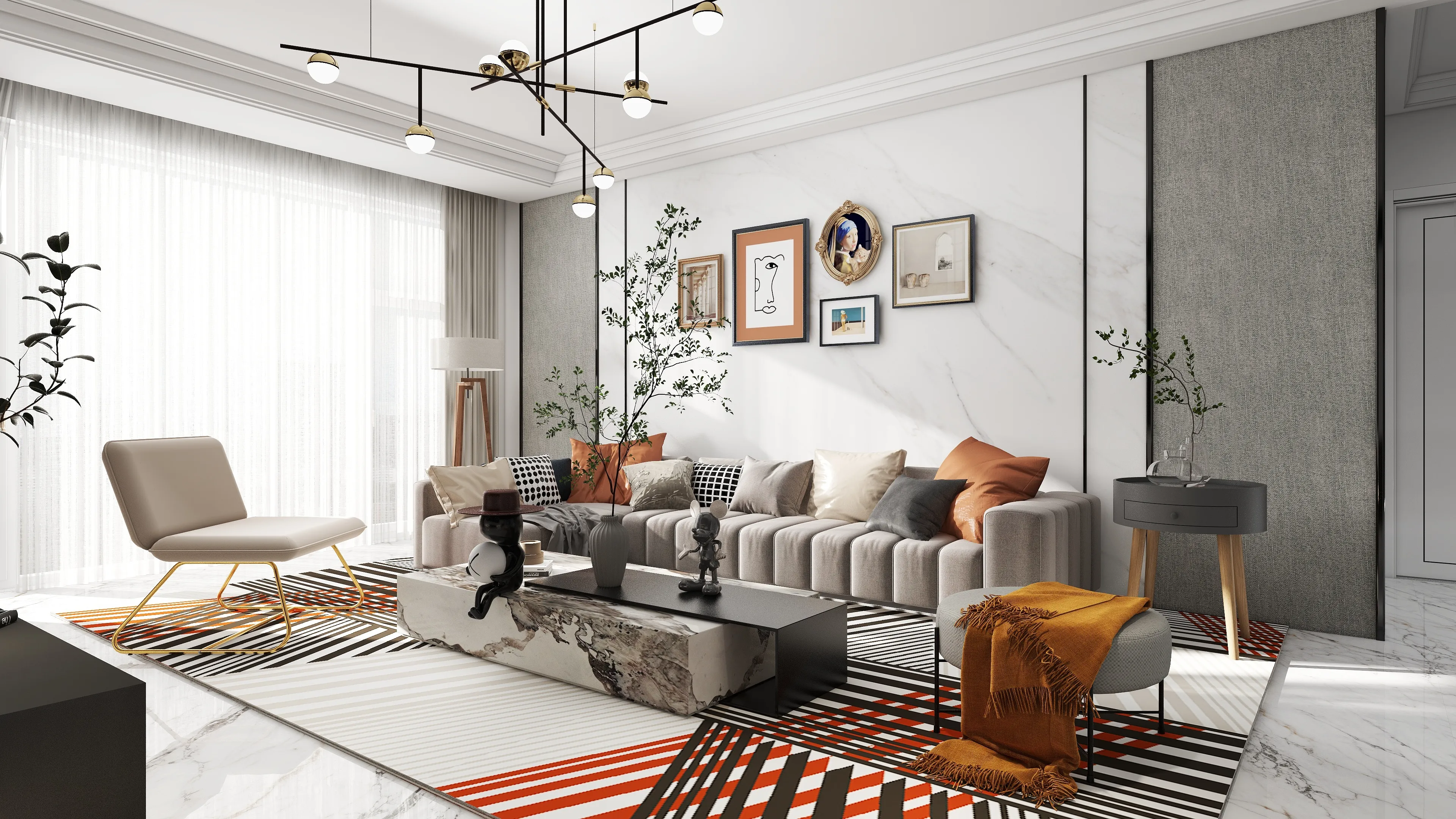
_1720581811031.webp)
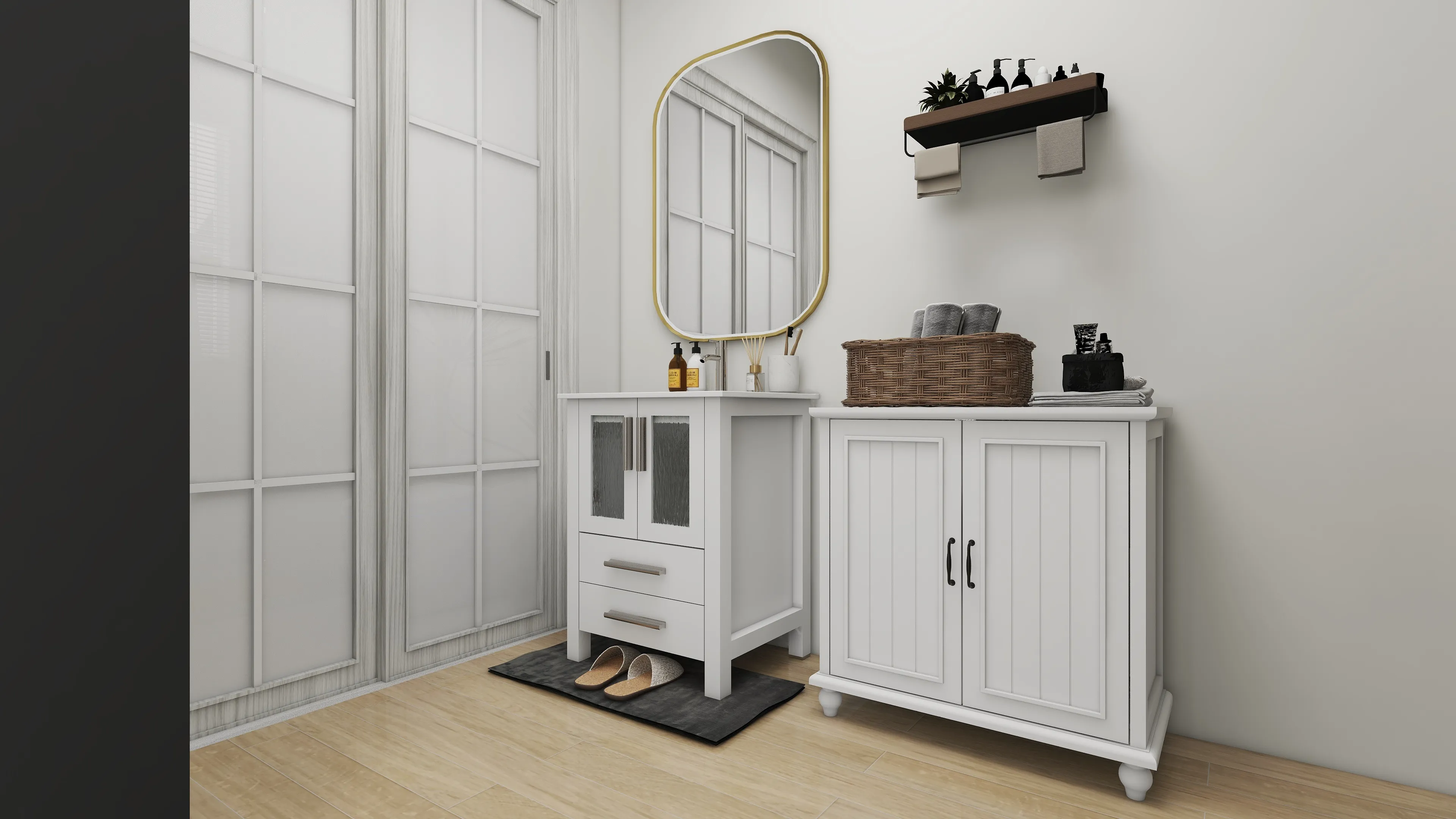
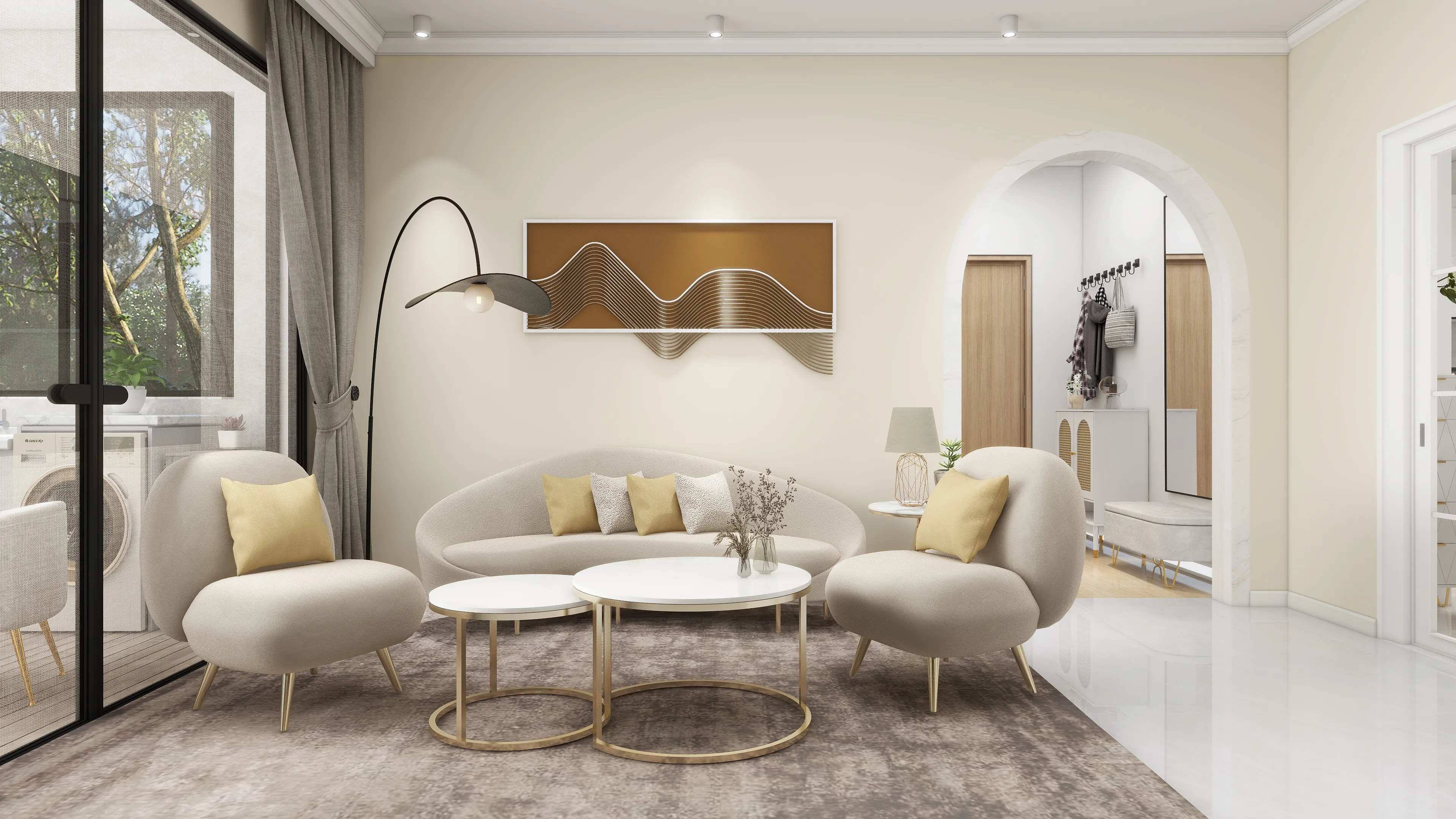
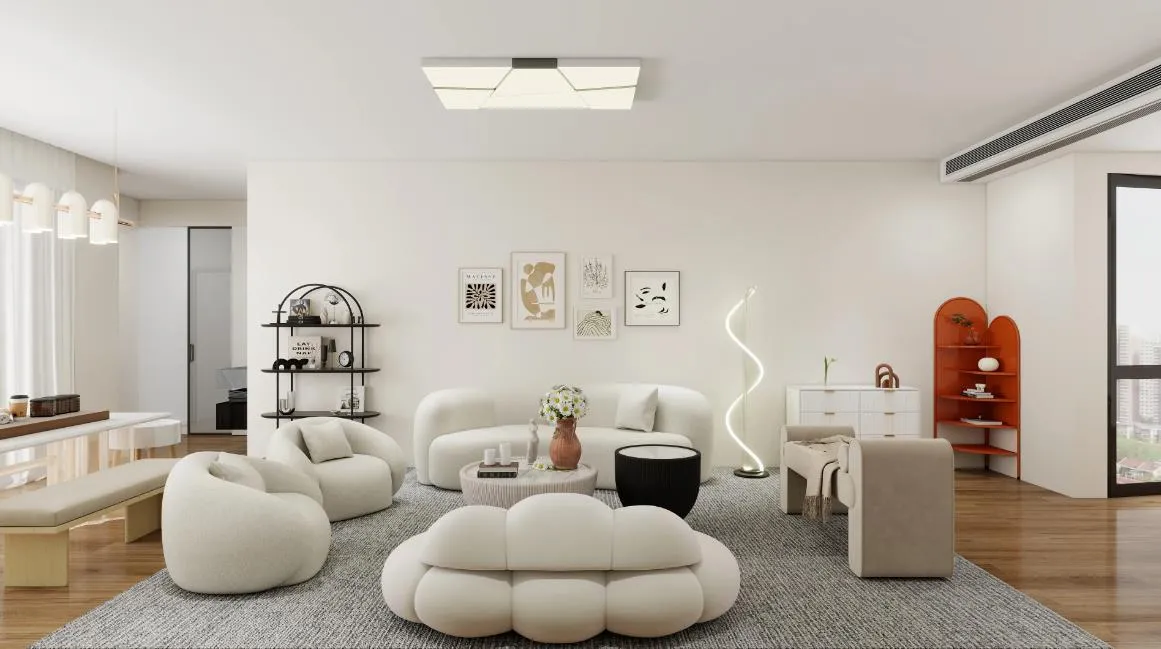
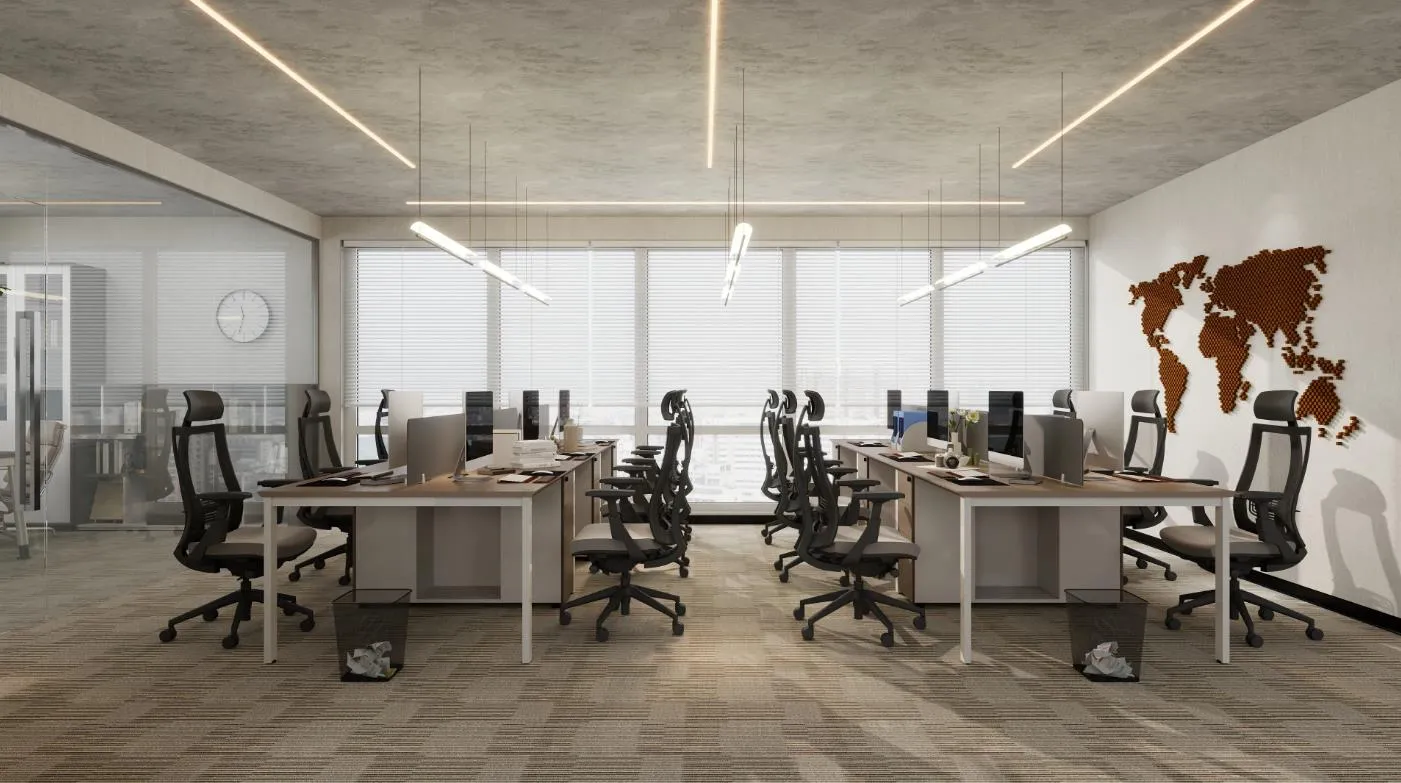

_1753683059938.webp)

